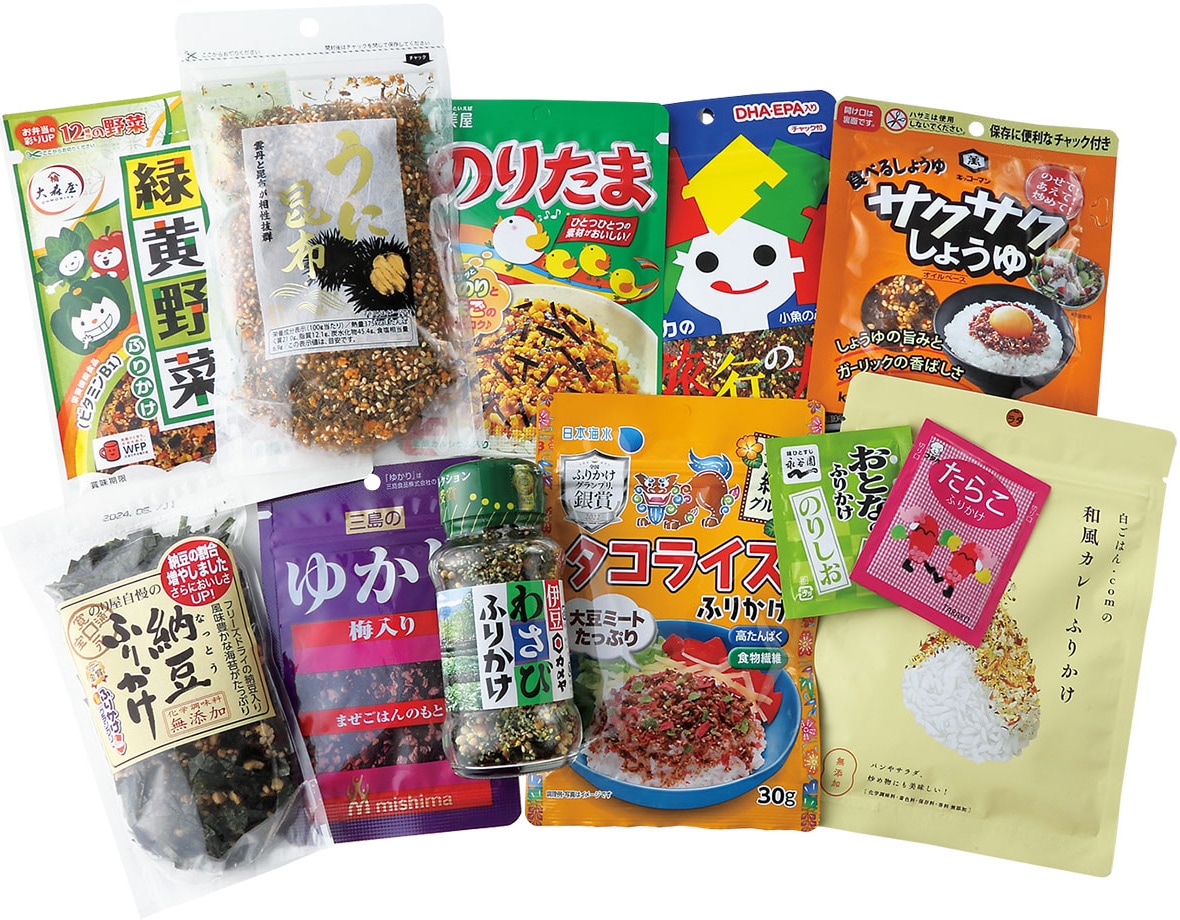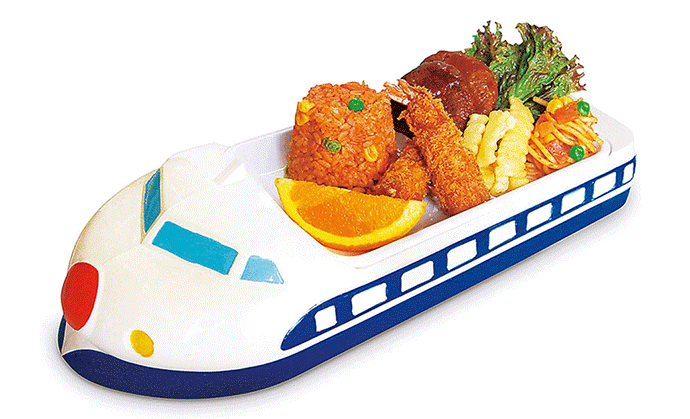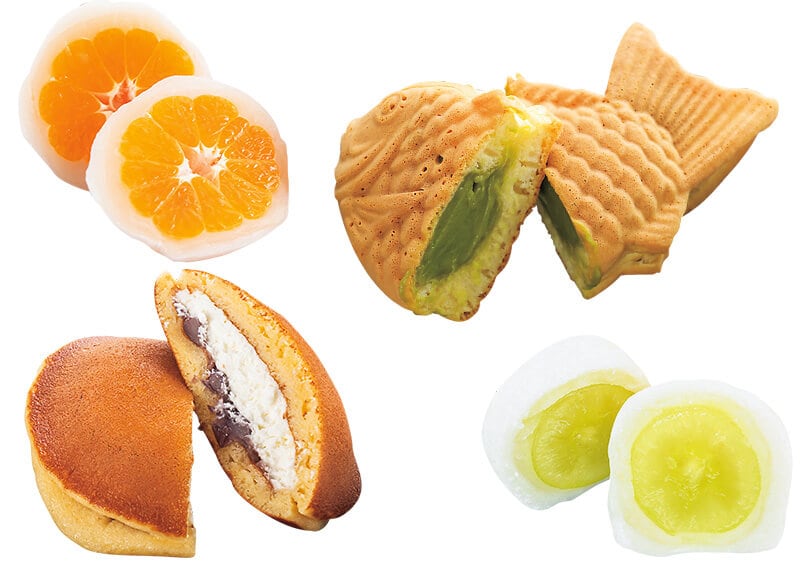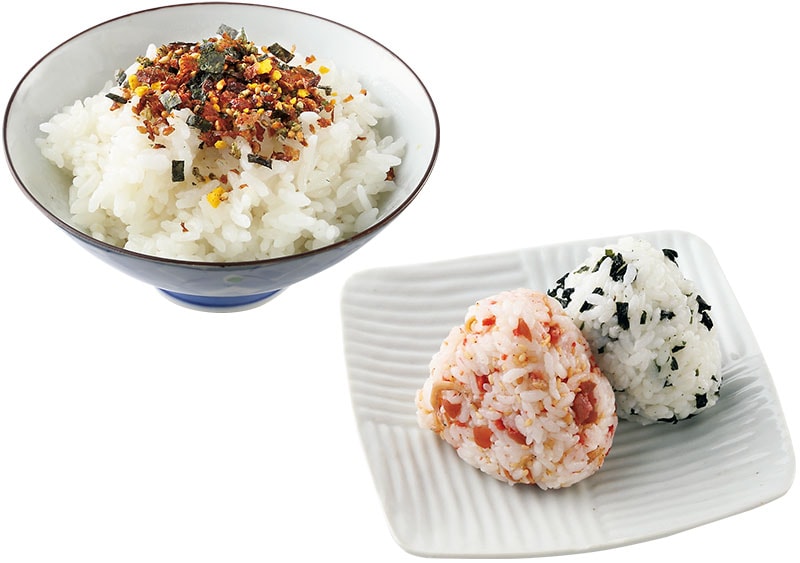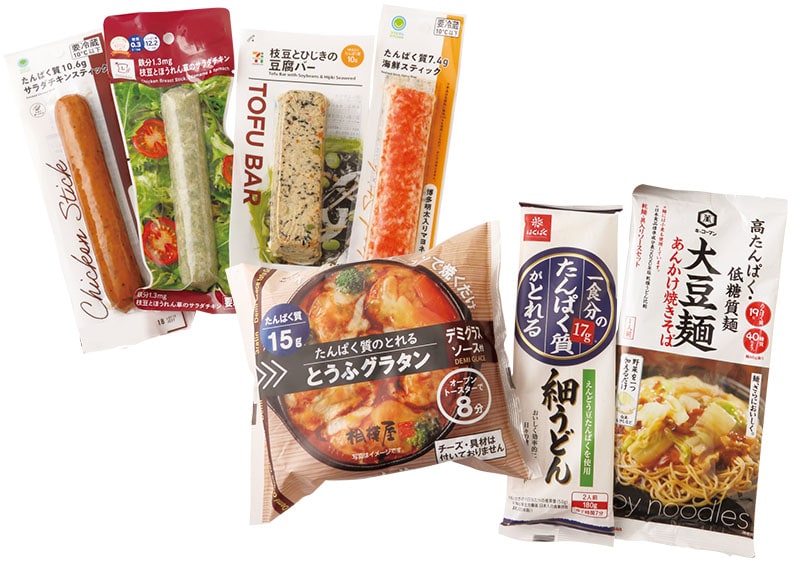Simple mixes and gourmet blends
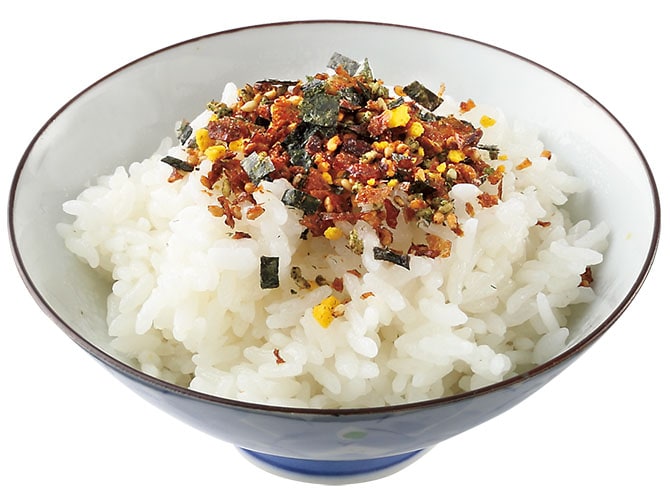
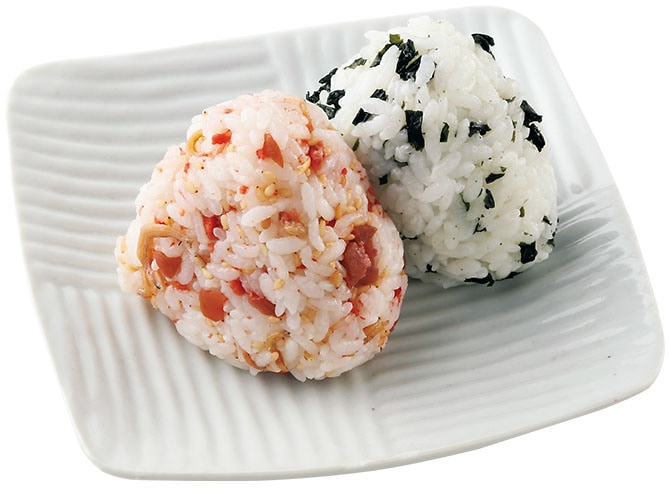
Furikake is a savory Japanese condiment that fundamentally comprises dried fish flakes, sesame and seaweed, originally created to sprinkle on cooked rice—in fact, furikake literally translates as “sprinkle over” in Japanese. Early iterations of furikake were first introduced to the market during the Taisho era (1912-1926) as basic blends of crushed dried fish with dried aonori seaweed and sesame, or ground dried fish seasoned with soy sauce, seaweed, sesame and dehydrated egg granules. Meals at that time were rather modest, with fewer dishes on the table, so households likely welcomed umami-rich furikake not only for its calcium-rich nutrients, but for adding flavor to plain rice and whetting the appetite.
More affordable furikake became available from the 1960s, and today it is sold in supermarkets and convenience stores, ranging from simple mixes to gourmet blends. There are two types of furikake: one to dust over rice, and the other to mix into rice. The latter is commonly used when making onigiri rice balls for bento box lunches, as the mixed rice remains tasty even after the rice cools down. Furikake are further categorized into dry types, which have a long shelf-life, and soft, moist varieties, which typically require refrigeration after opening.
Furikake flavors range from classic soy sauce or salt blends to fusion-inspired options that might include popular curry or taco rice. Its diverse ingredients have expanded to include minced meats, vegetables, wasabi, natto fermented soybeans and seafoods such as tarako cod roe and sea urchin. Packaging for furikake is just as varied: for example, pouches or tabletop dispensers are used at home to better accommodate greater volumes for daily family use, while individual single-portion sachets are tucked into bento boxes and appear alongside school lunches. These days, furikake mixtures are so distinctive and tempting, they are used to season far more than rice, as diners explore ever-more flavorful ways to enhance both Japanese and Western dishes, including udon, pasta, salads, stir-fried vegetables or even toasted bread.
Furikake flavors range from classic soy sauce or salt blends to fusion-inspired options that might include popular curry or taco rice. Its diverse ingredients have expanded to include minced meats, vegetables, wasabi, natto fermented soybeans and seafoods such as tarako cod roe and sea urchin. Packaging for furikake is just as varied: for example, pouches or tabletop dispensers are used at home to better accommodate greater volumes for daily family use, while individual single-portion sachets are tucked into bento boxes and appear alongside school lunches. These days, furikake mixtures are so distinctive and tempting, they are used to season far more than rice, as diners explore ever-more flavorful ways to enhance both Japanese and Western dishes, including udon, pasta, salads, stir-fried vegetables or even toasted bread.
